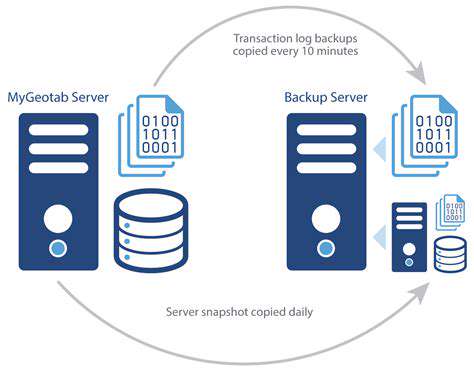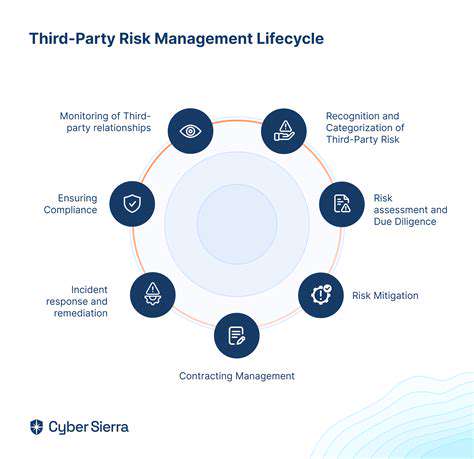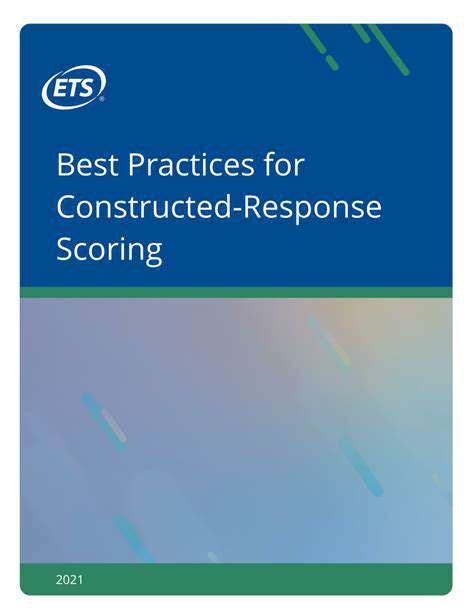Impact cratering is a fundamental process shaping the lunar surface, and its record provides crucial insights into lunar chronology. By studying the density and distribution of craters, scientists can establish relative ages for different lunar terrains. A higher density of craters generally indicates a greater age, as more time has been available for impacts to accumulate. This relative dating method is a cornerstone of lunar geochronology, allowing us to sequence events and understand the evolution of the Moon over time. Understanding the rates of impact cratering is critical to interpreting the lunar geological record.
The relationship between crater size and frequency is a key aspect of this methodology. Larger craters, formed by more powerful impacts, are rarer than smaller craters. Statistical analyses of crater populations allow scientists to create crater-based chronologies, providing a framework for understanding the timing of different geological events, like volcanic eruptions and lava flows, on the lunar surface. This information is vital for piecing together the Moon's history.
Dating Lunar Surfaces: Radiometric Methods and Constraints
While impact cratering provides relative ages, absolute dating relies on radiometric techniques, like the analysis of radioactive isotopes in lunar samples. Bringing lunar samples back to Earth through Apollo missions enabled scientists to perform precise radiometric dating of specific rock formations and minerals. These analyses allow us to determine the precise age of certain events, providing a crucial calibration for the impact crater chronology and refining our understanding of the Moon's history. The accuracy and precision of these methods are essential for developing a comprehensive timeline of lunar events.
Radiometric dating, in tandem with crater counting, allows for a more refined understanding of the timing of lunar events. The combined approach provides a more robust and accurate timeline of the Moon's geological evolution. By combining the relative dating of impact cratering with the absolute ages obtained from radiometric analysis, scientists can construct more comprehensive and reliable lunar chronologies, revealing the precise ages of key events in lunar history.
Lunar Volcanism and the Impact Cratering Record
Lunar volcanism played a significant role in shaping the lunar surface, and its timing is intrinsically linked to the impact cratering record. Volcanic eruptions often occur within or near impact basins, suggesting a possible relationship between the two processes. By studying the distribution of volcanic features and their relationship with crater populations, we can better understand the sequence of volcanic events and their relationship to impact events. This analysis provides crucial data for developing a comprehensive lunar chronology.
The Importance of Studying Ejecta and Secondary Craters
Ejecta blankets, formed by material thrown out during impact events, and secondary craters, created by the impact of ejecta fragments, offer valuable insights into lunar chronology. Analyzing the distribution and characteristics of ejecta deposits can reveal the relative timing of impact events. Similarly, the presence and distribution of secondary craters provide evidence of past impacts and their relative chronology. Studying these features helps refine the accuracy of impact crater-based chronologies and builds a more complete picture of lunar history.
Crater Morphology and its Chronological Implications
The morphology of craters, including their size, shape, and degree of degradation, can provide clues about their age. Younger craters tend to be sharper and more well-defined, whereas older craters have been subject to erosion and modification over time. Changes in crater morphology, like the development of secondary craters or the presence of ejecta deposits, provide valuable indicators of the relative timing of impacts. By analyzing the morphological characteristics of craters, scientists can infer the relative ages of different lunar terrains and events.
The study of crater morphology is a critical aspect of lunar geochronology, as it offers a non-destructive method of determining relative ages. This approach, combined with other techniques, allows for a more detailed and comprehensive understanding of the lunar surface's evolution over time. The combined data offers a more complete understanding of the Moon's complex history.
Lunar Sample Return and the Advancements in Geochronology

Lunar Sample Return: A Historical Milestone
The return of lunar samples to Earth has been a pivotal moment in scientific history, marking a significant advancement in our understanding of the Moon and its origins. These samples, meticulously collected and analyzed, provide invaluable insights into the geological processes that shaped the Moon's surface and offer clues about the early solar system. Their study has revolutionized our knowledge of planetary formation and evolution. The sheer volume of data extracted from these samples has been crucial in refining theories about the Moon's composition, its formation timeline, and its potential role in the early evolution of the Earth.
The successful retrieval of lunar samples allows scientists to conduct detailed analyses that are not possible with remote observations alone. These analyses encompass a wide range of techniques, from microscopic examination to isotopic dating, providing a much deeper understanding of the Moon's history. The samples provide a tangible connection to the lunar surface, allowing us to literally hold pieces of the Moon's past in our hands.
Advancements in Sample Collection Techniques
Significant advancements in sample collection techniques have enabled the retrieval of a diverse range of lunar materials. These advancements have included the development of more sophisticated robotic arms and drills capable of accessing diverse geological formations, providing a broader spectrum of lunar materials for study. The precise targeting of specific locations based on remote sensing data has also been crucial in obtaining samples representative of different lunar regions. This has resulted in a more comprehensive understanding of lunar geology and the processes that have shaped its surface.
The development of automated sample return missions has significantly reduced the cost and complexity of lunar sample collection. These missions are designed to be more efficient in terms of time and resources, allowing for a greater frequency of sample returns in the future. This increased efficiency will be vital in facilitating further scientific discoveries about the Moon and its potential for future resource utilization.
Scientific Discoveries Enabled by Lunar Samples
The analysis of lunar samples has led to numerous groundbreaking scientific discoveries. These discoveries have significantly advanced our understanding of the Moon's formation, its geological history, and its place in the broader context of the early solar system. The isotopic composition of lunar rocks, for example, has provided crucial data on the timing and conditions of planetary accretion and differentiation. This information helps us understand how the Moon formed and evolved over time.
Another important discovery enabled by lunar samples is the identification of potential water ice deposits within permanently shadowed craters. This discovery has significant implications for future lunar exploration and the possibility of establishing a sustainable human presence on the Moon. The presence of water ice opens up possibilities for in-situ resource utilization, potentially providing crucial resources for future lunar missions.
Future Implications of Lunar Sample Return
The future of lunar sample return missions promises to be even more impactful. Future missions are anticipated to target specific locations with higher scientific value, such as areas potentially rich in resources or with evidence of past geological activity. The availability of more detailed data from these locations will allow for a more thorough understanding of the Moon's composition and its potential for resource utilization. This continued study will have considerable implications for future space exploration and the development of sustainable space activities.
Further advancements in sample analysis techniques are expected to provide even more detailed insights into the Moon's history and the processes that shaped its evolution. These advancements, coupled with the continuing exploration of the lunar surface, will contribute to a deeper understanding of the solar system's formation and evolution. The return of lunar samples is not just a scientific achievement but also a stepping stone towards a greater understanding of our place in the universe.











